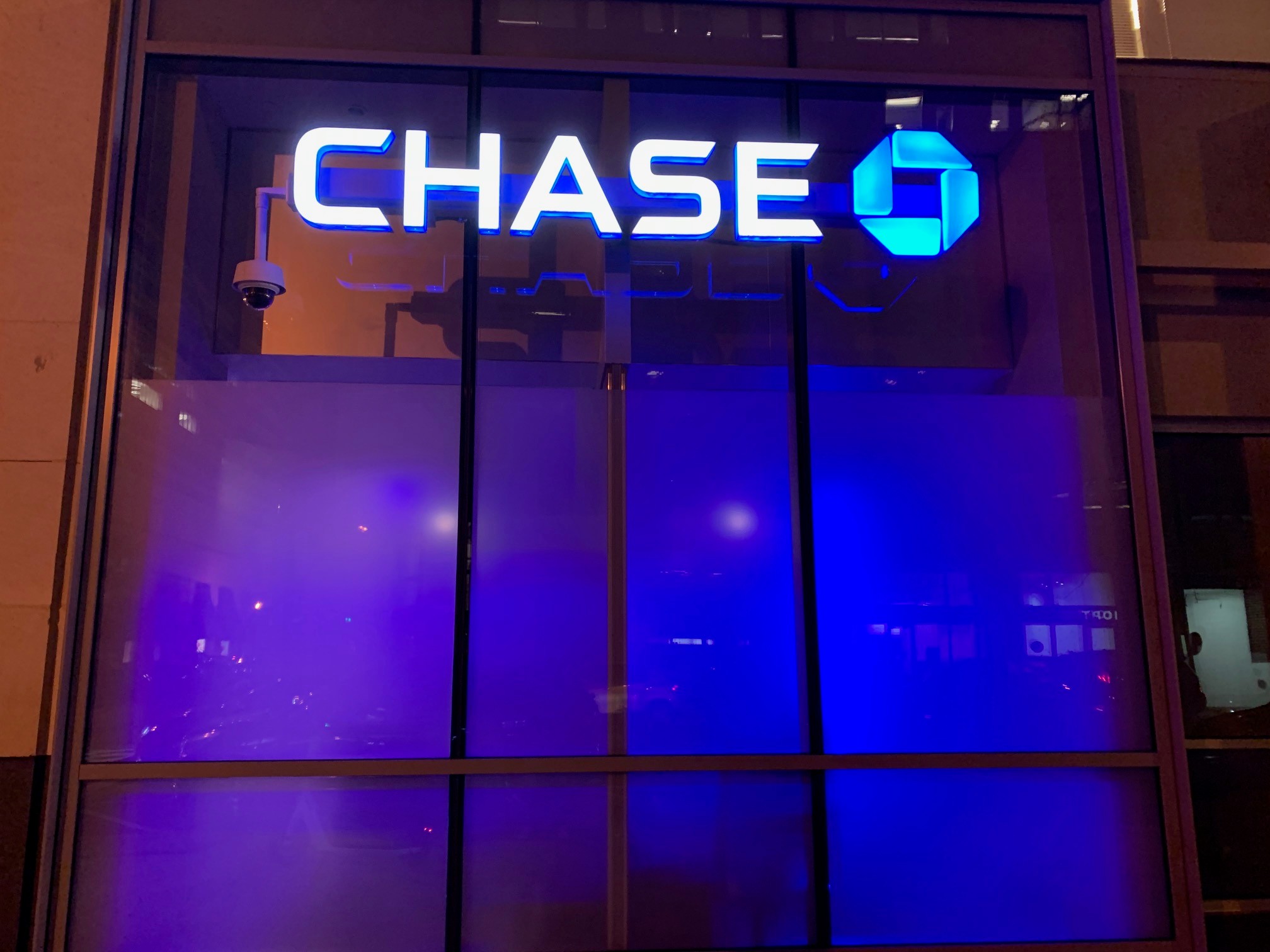
Chase Sapphire Preferred
Back in May, I bemoaned traditional Chase Sapphire Preferred content, among other things. For about 15 years, the card’s consistently been a great pick for many consumers, and people who do stuff on the internet for money routinely remind us of its greatness – often when there’s nothing else to cover. I’ve reflexively run the other way – until today. Ironically, other Chase changes have brought me to discussing the Sapphire Preferred here (more on that later). Indeed, now may be an opportune time to pick up or return to the card. But first, I’ll reset my relationship with it.
Our Chase Sapphire Preferred History
My wife and I each picked up the Chase Sapphire Preferred many years ago, earning solid-enough welcome offers along the way. As longtime cashout fans, we had virtually zero need for the travel transfer partners the card unlocks. Instead, we’ve just cashed out Ultimate Rewards points and gone on our way. We each downgraded to Chase Freedom accounts after cardmember year one and haven’t returned. Actually, we’ve periodically skipped over the CSP since, opting for the Sapphire Reserve and its superior Pay Yourself Back options.
Why the Chase Sapphire Preferred Is Legit
Competitive Earning
At its level, I still think the Citi Strata Premier offers the most generous bonus categories. But the Chase Sapphire Preferred is surprisingly competitive and may be superior for many individuals. Here are the highlights:
- 3x on dining, online grocery (excluding Target/Walmart/wholesale clubs), and select streaming services
- 2x on travel purchases
- 5x on Chase Travel purchases
- 1x everywhere else
Back in 2021, I wrote that a glaring Chase weakness was a lack of a permanent bonus category for grocery spend. Since then, Chase has offered 3x with the Aeroplan card and not much else. But the Sapphire Preferred comes with 3x earning for online grocery spending. I previously considered that a major limitation. But online grocery shopping has become a big thing. While my family still doesn’t shop this way, increasing numbers are, and I understand the experience has improved. The Strata Premier’s 3x more widely addresses groceries, but Chase’s category isn’t as niche as it once was. Strong 3x dining matches the Premier.
Perhaps the Premier most soundly beats the Preferred in the gas category; the former earns 3x while the latter doesn’t bonus such spend at all. The Premier earns 3x on flights and hotels, but the Sapphire Preferred earns 2x in a much wider travel category.
Citi and the 10x in its travel portal lap Chase’s 5x, but for myriad other reasons, many individuals are better off making those bookings elsewhere.
Bigger picture, all of the Chase Sapphire Preferred earn rates are actually better than advertised when one takes into account the next item.

And a 10% Bonus
Many years ago, I recall Chase offered Sapphire Preferred cardholders an annual bonus on all points earned. I vaguely remember the bank calling it a “dividend” – it was a flat 7% extra, even incorporating bonus categories. Sadly, Chase eventually removed that feature. But now, it’s back – sort of.
Chase now offers a 10% anniversary bonus. But this is calculated based on spend versus points earned. Preferred cardholders earn bonus points equal to 10% of their total spend made during the previous cardmember year at a rate of 1 point for each $1 spent. Long story short, add 0.1 to all those earning rates above. While this isn’t huge, it’s undeniable that the Preferred’s now-3.1x categories outperforms (on a numbers basis) the Strata Premier’s 3x ones. Of course, take into account other aspects of each program and your own goals, as well.
Unlocking Transfer Partners
Chase offers a plethora of Ultimate Rewards-earning cards, but only a few unlock Chase’s travel transfer partners. This is key because travel partners are where many who prioritize cents per point value (not me) do big things with their Ultimate Rewards points. The Chase Sapphire Preferred is one of a small handful providing this capability.
Other Solid-For-Some Benefits
The Preferred offers DoorDash DashPass membership and a $10 monthly promo for groceries, retail orders, and more. Cardholders also obtain a $50 credit each anniversary year on hotels booked through the Chase Travel Portal. While the utility of those benefits varies by cardholder, they’re net-wins for many.
Even if a cardholder doesn’t use any of these, it’s no huge deal. That’s because….
The Chase Sapphire Preferred Is Still Relatively Cheap
All these years later, the Chase Sapphire Preferred’s annual fee is only $95. Even I can see why most any Ultimate Rewards points earner can make a case for holding the Preferred long-term. I’m actually surprised Chase hasn’t raised the annual fee on this card by now. I bet that will happen sooner rather than later.
It’s Not the Sapphire Reserve
We’re getting to more of the “why it matters now” part of this article. Over the summer, Chase made the Sapphire Reserve more expensive and convoluted than ever. Certain Chase cardholders can easily justify maintaining or picking up a Sapphire Reserve. I currently hold it and will probably rent it from time to time in the future.
But for a wider group of Chase customers, current and prospective, the refreshed Sapphire Reserve makes little to no sense. These individuals are better off with a much cheaper card offering a few benefits matching their needs, particularly earning and transfer partners at a low annual fee. Hello, Chase Sapphire Preferred!
Conclusion
Chase’s new Reserve cards actually make the old Sapphire Preferred more attractive for so many. Heck, I may even return if I want to transfer some points in the future. (Unlikely, but it could happen.) So don’t let shiny and new unnecessarily distract you. The Chase Sapphire Preferred is still the reliable, valuable card it always has been, and that might be just enough for you.
Are you Team Preferred or Reserve? Why?



I cancelled my Reserve once the changes were announced. When I called in to do so, the Rep disinterestedly asked why and I responded “because I’m not a Millennial living in Manhattan.” She said okay, and processed it without delay. That interaction was quite telling.
A month later, easily approved for the Preferred which has what I need- easy 3X on dining and still 2X on travel, which isn’t as good as the old 3X on travel but $95 is much less than $895 and without the ridiculous, unnecessary and unusable coupons. Plus I’ll receive a nice 10% bonus next year since my dining/SUB spend isn’t unsubstantial.
TL;DR-CSP works better for this old dog
Chase lost me with this latest devaluation. I’m going to burn my remaining 1.5M UR points and most of my spend has been shifted to a cash back card. I’ve closed most of my Chase cards and shifted my personal and business banking relationships to more lucrative partners. I’ll keep the 5x cards (Ink, Amazon) and just cash out.
Why?
– In the last 5 years, the price inflation on Chase Travel has been noticeable. Sure, they tell you that you get 2x on points value on the Travel site, but I’m consistently getting rates 10%-30% less when booking direct. Don’t even get me started about the nightmares encountered when IRROPS hits your Chase itinerary or there’s a travel insurance claim. That’s when the program really brings out the four letter words.
– Transferring points to airline partners for multiple hundred thousand points redemptions is just painful. I now just find a good business class deal and pay for it with cash. For this traveller, airlines have killed loyalty, which is why I loved the Chase program in the first place.
– The lounge experiences have been like rush hour at a bus terminal. I minimize my time in airports, avoid connections, and if I need a quiet space, I love an empty gate with lots of seating.
It’s a really unfortunate shift, as Chase had such a great program, innovation, and their web experience is fantastic. The airlines have killed loyalty, and now it seems like Chase is running down this rabbit hole as well. It feels like the travel leaders at Chase have been outpoliticiked by the spreadsheet jockeys. There was a time where I rode these programs like a borrowed mule when the value prop was more compelling. Chase got all of my spend and banking relationships as a result. Fond memories. 😀